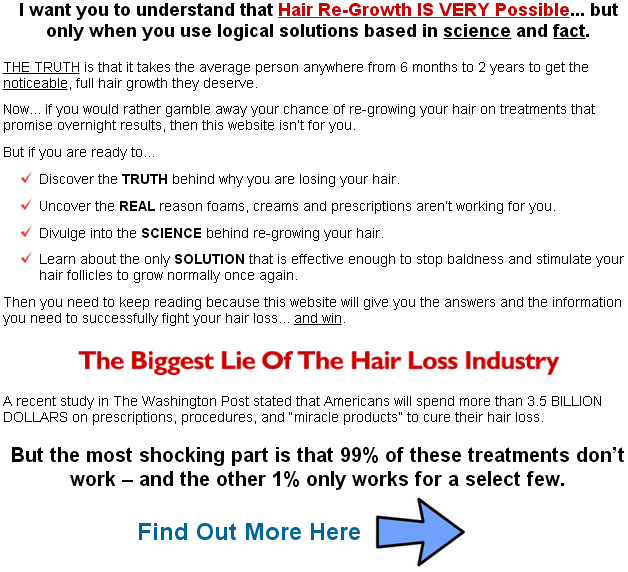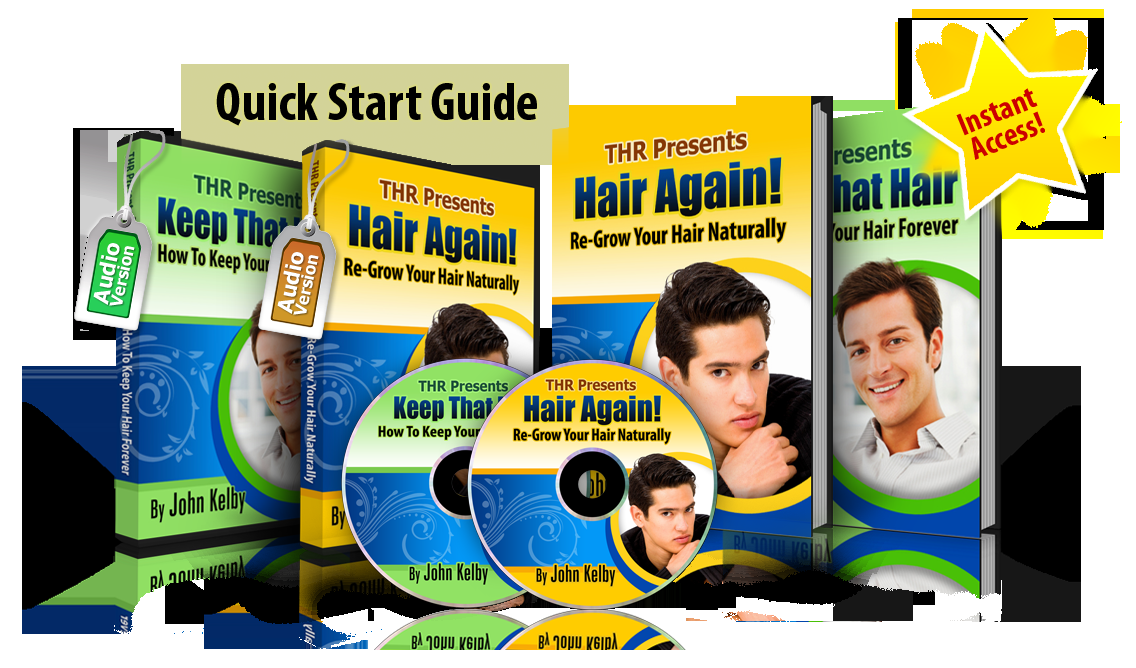Cysteine is an amino acid that is used by the body in enzymatic reactions. Despite not being an essential amino-acid, cysteine is extremely important for health — particularly for the elderly and infants.(Ames, 2000)
When cysteine is consumed, the body transforms it into a powerful antioxidant, which can protect cells from free radicals as well as side effects caused by drug reactions or toxic chemicals. The compound can also be used as an adjuvant in the treatment of diseases like bronchitis or chronic obstructive pulmonary disease.
Cysteine is an amino acid — a building block of proteins that are used throughout the body. One such protein is hair keratin. Of all the amino acids that make up hair keratin, cysteine is used most. In other words, hair is made largely of cysteine.
Hair Loss and Cysteine
Recent studies have suggested that a diet poor in cysteine or various health problems causing malabsorption of cysteine might be one a cause of hair loss.
The amount of cysteine in a hair fibre is an indictor of the hairs health. (J Cell Biol. 1990) In various animals, cysteine, along with other amino-acids and proteins, can protect hair and feathers and help them establish mechanical resilience. (Strasser et al., 2015)
Cysteine is considered to be one of the main factors involved in hair growth
One study showed that the l-cysteine is an important hair component and may be linked with alopecia and influence the mechanisms that are involved in the hair loss process. The study was done on mice which were exposed to a smoking machine (in a previous study the researchers created a smoked induced alopecia).
The groups of mice received three dose levels of l-cysteine and vitamin B6 daily. Vitamin B6 was used due to its important role in incorporating l-cysteine in hair cells. After 6 months of exposure, the results showed that mice receiving the most l-cysteine/vitamin B6 doses had less hair loss, concluding that oral administration of vitamin B6 and l-cysteine may be an effective preventive treatment in alopecia. (D’Agostini et al., 2007)
the treatment group had remarkable results with their anagen rate
Another study suggests that l-cysteine prevents the reduction in keratin synthesis induced by iron deficiency in human keratinocytes. It seems that l-cysteine promotes an important up regulation of keratins expression in the de novo protein synthesis and it counteracts the adverse effect of iron deficiency in keratin expression. (Miniaci et al., 2016)
Significant positive results
In a paper regarding evidence based guidelines in the treatment of alopecia for both women and men (Blumeyer et al.), various amino acids are mentioned with a special mention for cysteine. Cysteine is considered to be one of the main factors involved in hair growth.
The group that also followed the dietary supplement had a 50% increase in hair growth
The paper cites a study (Morganti et al.) where there was a significant mean change of total hair count in both male and female patients after a treatment containing cysteine.
The participants had to take an oral supplement that contained cysteine, copper, zinc and histidine 4 times a day for 50 weeks and the treatment group had remarkable results with their anagen rate.
The Morganti study results regarding the influence of cysteine on hair growth were very promising. 48 volunteers with ages between 21 and 38 years old participated in the study. 12 of the subjects were asked to take a diet supplement based on cysteine as well as a solution made with serenoa repens, also known as saw palmetto.
One group used both while the control group only used the lotion. At the end of the 50 weeks of treatment, the results showed an increase of hair mass from 20% to up to 30% as well as an increase in hair number up to 27%. The group that also followed the dietary supplement had a 50% increase in hair growth.
References
Ames BN. Micronutrient deficiencies: A major cause of DNA damage. Ann NY Acad Sci. 2000;889:87-106.
H.-D. Belitz, Werner Grosch, Peter Schieberle, Food Chemistry, 2009
Structure and expression of genes for a class of cysteine-rich proteins of the cuticle layers of differentiating wool and hair follicles. (1990). The Journal of Cell Biology, 111(6), 2587–2600. Link: http://www.ncbi.nlm.nih.gov/pmc/articles/PMC2116416/
Strasser B, Mlitz V, Hermann M, Tschachler E, Eckhart L. Convergent evolution of cysteine-rich proteins in feathers and hair. BMC Evolutionary Biology. 2015;15:82. doi:10.1186/s12862-015-0360-y. Link: http://www.ncbi.nlm.nih.gov/pmc/articles/PMC4423139/
Francesco D’Agostini, Paolo Fiallo, Tanya M. Pennisi, Silvio De Flora, Chemoprevention of smoke-induced alopecia in mice by oral administration of l-cysteine and vitamin B6, Journal of Dermatological Science, Volume 46, Issue 3, June 2007, Pages 189-198, ISSN 0923-1811, http://dx.doi.org/10.1016/j.jdermsci.2007.02.005.
Miniaci, M. C., Irace, C., Capuozzo, A., Piccolo, M., Di Pascale, A., Russo, A., Lippiello, P., Lepre, F., Russo, G. and Santamaria, R. (2016), Cysteine Prevents the Reduction in Keratin Synthesis Induced by Iron Deficiency in Human Keratinocytes. J. Cell. Biochem., 117: 402–412. doi:10.1002/jcb.25286
Anja Blumeyer, Antonella Tosti, Andrew Messenger, Pascal Reygagne, Veronique Del Marmol, Phyllis I Spuls, Myrto Trakatelli, Andreas Finner, Franklin Kiesewetter, Ralph Trüeb, Berthold Rzany, Ulrike Blume-Peytavi, Evidence-based (S3) guideline for the treatment of androgenetic alopecia in women and in men. J Dtsch Dermatol Ges. 2011 Oct;9 Suppl 6:S1-57. doi: 10.1111/j.1610-0379.2011.07802.x. Link: http://www.ncbi.nlm.nih.gov/pubmed/21980982
P. Morganti, Fabrizi G, James B, et al. “Effect of Gelatin-Cysteine and Serenoa Repens Extract on Free Radicals Level and Hair Growth,†Journal of Applied Cosmetology, 1998;16:57-64.”
The post Cysteine for hair loss prevention and hair growth promotion appeared first on NiceHair.
Powered by WPeMatico



